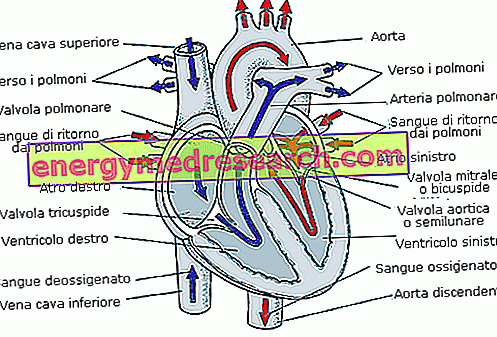Elephantiasis is a tropical disease characterized by the abnormal thickening of the skin and underlying connective tissue, particularly in the lower limbs, the male genitals, the vulva and the breasts.
Causes

The obstructive process is often due to the presence of filaria parasitic worms, called Wuchereria bancrofti and Brugia malayi.
Epidemiology
It is estimated that globally these nematodes infest some 120 million people, of which about 1/3 develop typical symptoms of filariasis. Brugia malayi is endemic in Asia, while W.bancrofti has a wider distribution, being widespread not only in Asia, but also in tropical Africa, central and southern America and in the Pacific Islands. In some islands of Malaysia, moreover, a third type of parasite responsible for elephantiasis, called Brugia timori, is widespread .
Contagion
The parasites are transmitted - at the larval stage - by haematophagous insects such as mosquitoes, penetrating the organism at the time of the puncture. The maturation of the parasites occurs at the level of the lymphatic organs, where they reproduce at the expense of the host.
Numerous microfilariae (larval phase) originate from the mating, circulating in the blood waiting to be swallowed by insects in search of a blood meal. The larvae then grow inside mosquitoes and horseflies, acquiring pest capacity within a week or two.
Once they are ripe, the larvae migrate to the animal's salivary glands, ready to be transmitted to the definitive host: man. There are therefore possible, and very common, phenomena of continuous re-infestation by means of mosquito bites repeated over time. This factor plays a very important role in the pathogenesis of the disease.

The adult parasites, with the typical thread-like shape, measure from three to ten centimeters for only 0.25 - 0.1 millimeters. Inside the body they can live for decades nesting in the lymphatic vessels.
After the insect bite, the incubation period is 5-15 months, during which the larvae grow to become adult worms.
Symptoms
The human body, for its part, reacts to the parasitic insult with febrile attacks and an initially reversible inflammatory response of the lymphatic vessels. The inflammatory process causes transient swellings accompanied by redness and itching; it is therefore possible to develop orchitis and epididymitis.
The chronic inflammation - due to mechanical obstruction by adult worms, to substances released by them and further exacerbated by their death and bacterial superinfections - determines the late clinical signs of the disease.

Although filariasis is often contracted in childhood, elephantiasis typically occurs in adulthood. It must be said, on the other hand, that a good percentage of patients remains completely asymptomatic despite the infestation.
Diagnosis and Care
Filariasis can be easily demonstrated by anti-filaria antibody (IFA, ELISA) or parasite antigens in a very small blood sample.
The drugs used for the eradication of filariasis are Diethyl Carbamazine (DEC) and albendazole. In the presence of elephantiasis, particular care is taken in the prevention of bacterial and fungal superinfections, which cannot be separated from careful personal hygiene.



